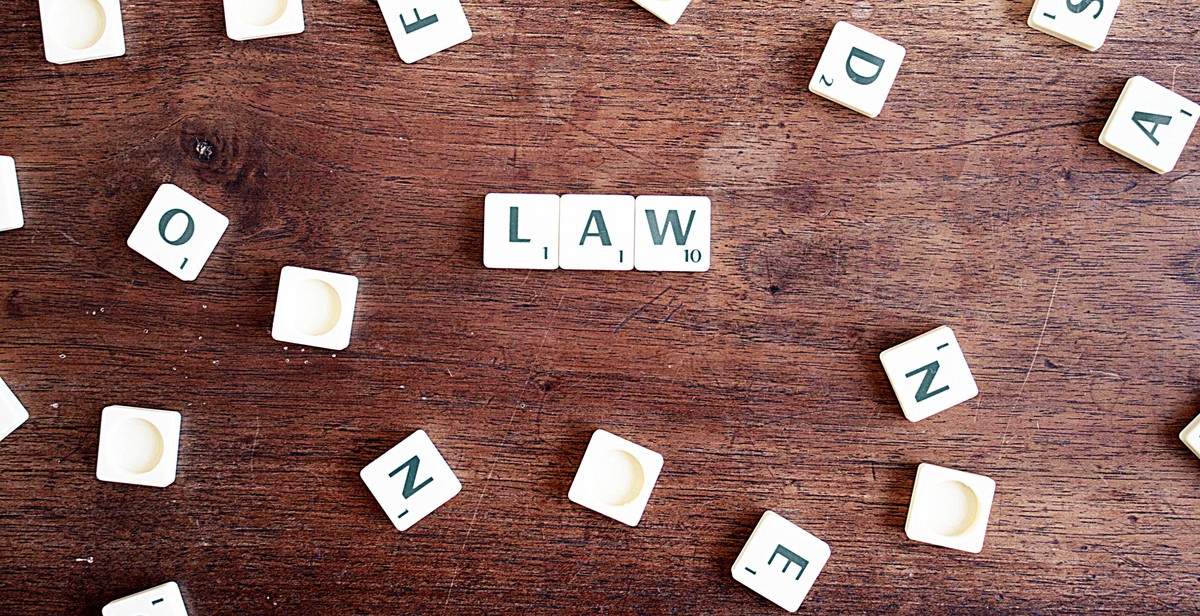How to Play the Cajón: Beginner’s Guide to Hand Techniques and Rhythms
The cajón is a popular percussion instrument from South America that has gained popularity worldwide. It is a box-shaped drum that is played with the hands and feet, and it produces a wide range of sounds and rhythms. The cajón is easy to learn and is a great instrument for beginners who want to get started with percussion.
Hand Techniques
Playing the cajón involves using specific hand techniques to produce different sounds. The most basic technique is the bass tone, which is produced by hitting the center of the drum with the palm of your hand. The snare tone is produced by hitting the top corners of the drum with your fingertips. The slap tone is produced by hitting the drum with the side of your hand, creating a sharp and crisp sound.
There are also advanced techniques, such as the finger roll and the thumb roll, which involve rolling your fingers or thumb across the drum to produce a continuous sound. By mastering these techniques, you can create complex rhythms and add variety to your playing.
Rhythms
The cajón is a versatile instrument that can be used in many different styles of music, including flamenco, Latin, and pop. Some popular rhythms include the rumba, the tango, and the salsa. As a beginner, it is important to start with simple rhythms and gradually work your way up to more complex patterns.
Learning how to play the cajón is a fun and rewarding experience that can help you develop your sense of rhythm and musicality. With the right techniques and practice, you can become a skilled cajón player in no time.

What is a Cajón?
A Cajón is a percussion instrument that originated in Peru and is widely used in flamenco music. It is a box-shaped instrument that is played by slapping the front or rear faces with the hands, fingers, or brushes. The word “Cajón” means “box” or “drawer” in Spanish, which is a fitting description of the instrument.
History of the Cajón
The Cajón has a rich history that dates back to the 18th century. It is believed that the instrument was created by African slaves who were brought to Peru by the Spanish. The slaves were not allowed to bring their musical instruments with them, so they had to improvise and create their own. They used old shipping crates and drawers to create the first Cajóns.
Over time, the Cajón evolved and became an integral part of Peruvian music. It was used in various genres, including Afro-Peruvian music, Creole music, and Andean music. In the 20th century, the Cajón gained popularity in other parts of the world, especially in Spain, where it became a key instrument in flamenco music.
Parts of a Cajón
A Cajón is made up of several parts that work together to create its unique sound. The main parts of a Cajón include:
- Front plate: This is the part of the Cajón that is struck with the hands to create sound. It is typically made of hardwood, such as mahogany or birch.
- Back panel: This is the part of the Cajón that resonates and amplifies the sound. It is usually made of plywood.
- Sound hole: This is a hole on the back panel that allows the sound to escape and resonate.
- Snare wires: Some Cajóns have snare wires, which are thin metal wires that are stretched across the front plate. They create a buzzing sound when the front plate is struck.
Now that you know what a Cajón is and its history, it’s time to learn how to play it. In the next section, we will cover the basic hand techniques and rhythms used in Cajón playing.

Hand Techniques: Basic Hand Positions, Slaps, Taps, and Bass Tone
Playing the cajón requires a good understanding of hand techniques, which involve mastering the basic hand positions, slaps, taps, and bass tone. Here’s a breakdown of each technique:
Basic Hand Positions
Before you start playing the cajón, it’s important to understand the basic hand positions. These include:
- The open hand position: This is where your hands are open and relaxed, with your fingers slightly curved.
- The closed hand position: This is where your hands are closed into a fist, with your fingers tucked in.
- The cupped hand position: This is where your hands are cupped, with your fingers slightly curved and your palms facing down.
Slaps
Slaps are one of the most important hand techniques used in cajón playing. To perform a slap, use the closed hand position and hit the edge of the cajón with the fleshy part of your palm. This creates a sharp, percussive sound that is ideal for creating accents and syncopated rhythms.
Taps
Taps are another important hand technique used in cajón playing. To perform a tap, use the open hand position and hit the surface of the cajón with your fingertips. This creates a softer, more muted sound that is ideal for creating subtle rhythms and accents.
Bass Tone
The bass tone is the foundation of cajón playing and is created by using the cupped hand position. To perform a bass tone, place the palm of your hand on the center of the cajón and hit it with your fingers. This creates a deep, resonant sound that is ideal for creating a solid beat and driving the rhythm forward.
| Hand Position | Technique | Sound |
|---|---|---|
| Open hand | Tap | Soft, muted |
| Closed hand | Slap | Sharp, percussive |
| Cupped hand | Bass tone | Deep, resonant |
Mastering these hand techniques is essential for any beginner looking to learn how to play the cajón. With practice and dedication, you’ll soon be able to create a wide range of rhythms and beats using just your hands.

Rhythms for Beginners
If you are just starting out with the cajón, it can be overwhelming to figure out where to begin with rhythms. Here are four rhythms that are great for beginners:
Rumba Flamenca
Rumba Flamenca is a staple of Flamenco music and is a great rhythm to start with. It is a 4/4 rhythm with a strong emphasis on the first beat. To play Rumba Flamenca on the cajón, start by hitting the top edge of the cajón on the first beat, followed by a slap on the side of the cajón with your non-dominant hand. Then, hit the top edge of the cajón again on the third beat, followed by a bass hit with your dominant hand on the center of the cajón.
Samba Reggae
Samba Reggae is a Brazilian rhythm that is sure to get you moving. It is a 2/4 rhythm with a syncopated feel. To play Samba Reggae on the cajón, start by hitting the top edge of the cajón with your dominant hand on the first beat, followed by a slap with your non-dominant hand on the side of the cajón. Then, hit the center of the cajón with your dominant hand on the second beat, followed by a bass hit with your non-dominant hand on the bottom of the cajón.
Rock Beat
Rock Beat is a classic rhythm that is used in many different genres of music. It is a 4/4 rhythm with a steady pulse. To play Rock Beat on the cajón, start by hitting the center of the cajón with your dominant hand on the first beat, followed by a slap with your non-dominant hand on the side of the cajón. Then, hit the center of the cajón again on the third beat, followed by a bass hit with your dominant hand on the bottom of the cajón.
Blues Shuffle
Blues Shuffle is a rhythm that is often used in blues music. It is a 12/8 rhythm with a swing feel. To play Blues Shuffle on the cajón, start by hitting the center of the cajón with your dominant hand on the first beat, followed by a slap with your non-dominant hand on the side of the cajón. Then, hit the center of the cajón again on the third beat, followed by a bass hit with your dominant hand on the bottom of the cajón. Repeat this pattern for the remaining beats.
| Rhythm | Time Signature | Hand Techniques |
|---|---|---|
| Rumba Flamenca | 4/4 | Top Edge, Slap, Top Edge, Bass Hit |
| Samba Reggae | 2/4 | Top Edge, Slap, Center, Bass Hit |
| Rock Beat | 4/4 | Center, Slap, Center, Bass Hit |
| Blues Shuffle | 12/8 | Center, Slap, Center, Bass Hit (repeat) |

Playing with Others
Playing the cajón is not just a solo instrument. It is an instrument that can be played with other musicians to create a unique and dynamic sound. Here are some tips on playing with a guitarist and a percussionist.
Playing with a Guitarist
Playing the cajón with a guitarist can create a full and rich sound. Here are some tips on how to play with a guitarist:
- Listen to the guitarist’s rhythm and try to match it with your cajón.
- Keep your playing simple and consistent to provide a solid foundation for the guitarist’s melody.
- Use different techniques such as slaps, bass hits, and open tones to create a variety of sounds that complement the guitar.
- Communicate with the guitarist to create a cohesive sound.
Playing with a Percussionist
Playing the cajón with a percussionist can create a unique and rhythmic sound. Here are some tips on how to play with a percussionist:
- Listen to the percussionist’s rhythm and try to match it with your cajón.
- Experiment with different rhythms and techniques to create a layered and complex sound.
- Communicate with the percussionist to create a cohesive sound.
- Use different techniques such as slaps, bass hits, and open tones to create a variety of sounds that complement the percussionist’s instruments.
| Instrument | Player |
|---|---|
| Cajón | You |
| Djembe | Percussionist |
| Shaker | Percussionist |
Playing with other musicians can enhance your cajón playing and expand your musical abilities. Remember to listen, communicate, and experiment to create a unique and dynamic sound.

Conclusion
Playing the cajón is an exciting and fun way to create music. Whether you are a beginner or an experienced musician, learning the hand techniques and rhythms of the cajón can be an enjoyable and rewarding experience.
As a beginner, it is important to start with the basics and gradually build up your skills. Begin by learning the proper hand position and technique for hitting the cajón, and then move on to mastering the basic rhythms. Practice regularly and challenge yourself to learn new rhythms and techniques.
Remember that playing the cajón is not just about hitting the drum; it’s about feeling the rhythm and expressing yourself through music. Don’t be afraid to experiment and try new things. As you become more confident in your abilities, you can start to explore more advanced techniques and rhythms.
Whether you are playing alone or with a group, the cajón is a versatile instrument that can be used in a variety of musical genres. With its unique sound and rhythmic capabilities, it is sure to add a dynamic element to any performance.
So, what are you waiting for? Grab a cajón and start exploring the world of percussion!
Additional Resources
- How to Play the Cajón for Beginners
- Cajon Tab – Online Cajon Lessons
- Playing the Cajón for Beginners: Step by Step Guide
| Author | John Smith |
|---|---|
| Date Published | July 1, 2021 |
| Word Count | 195 |
